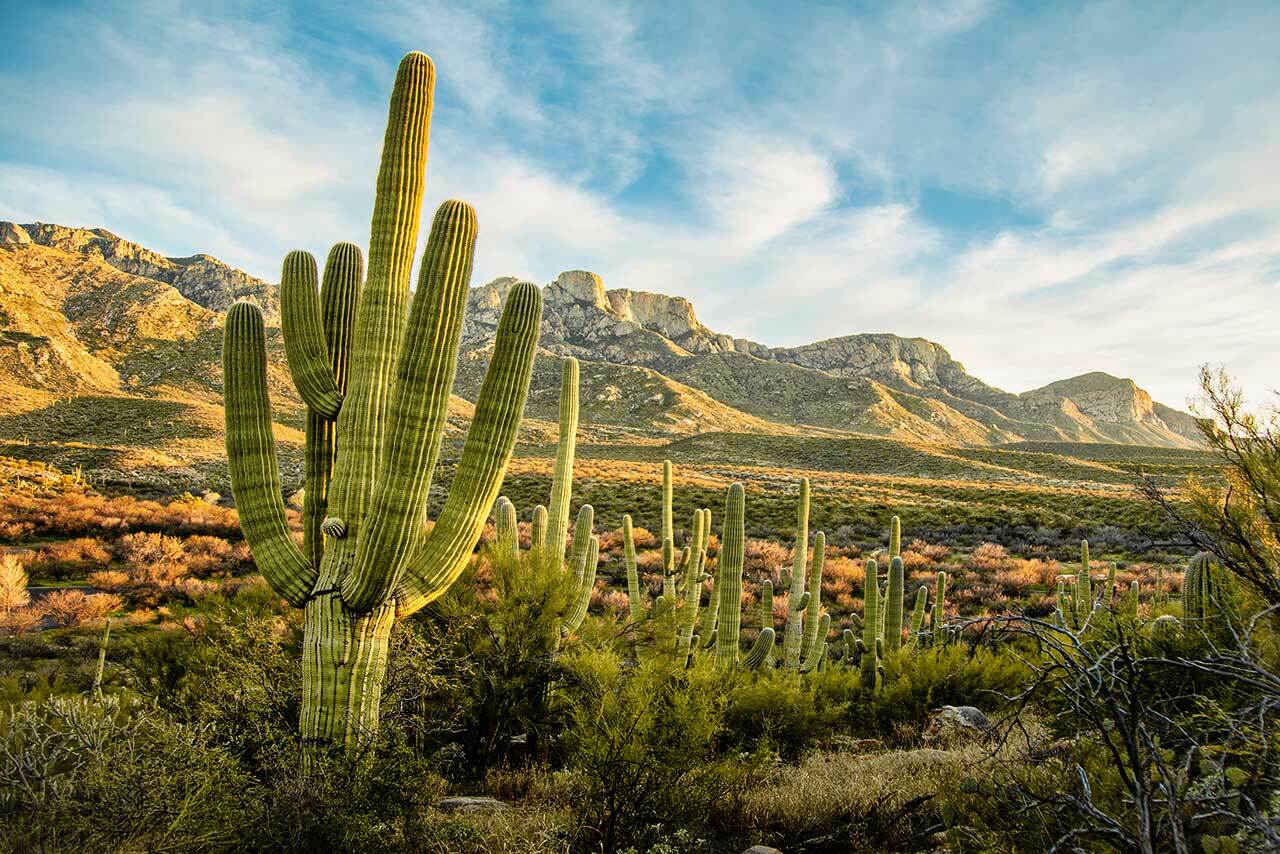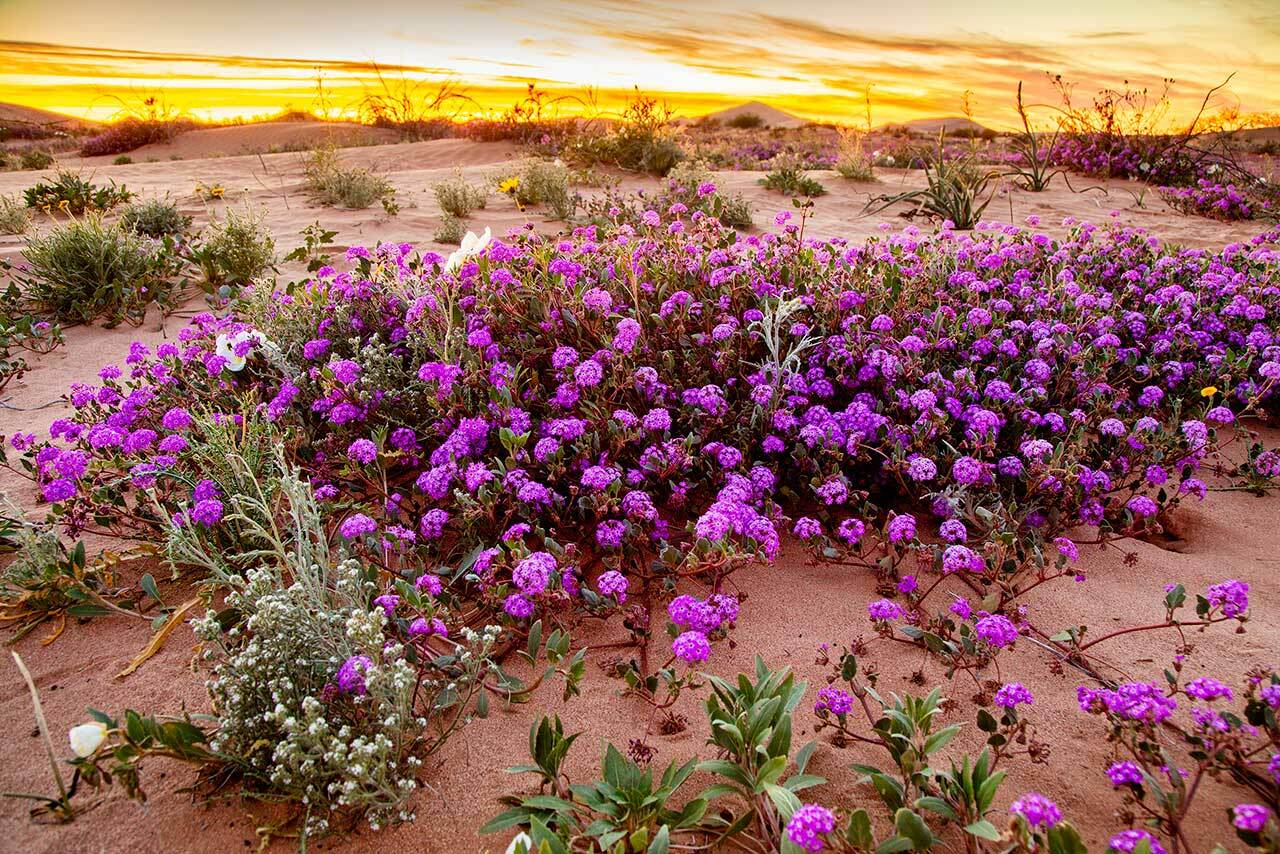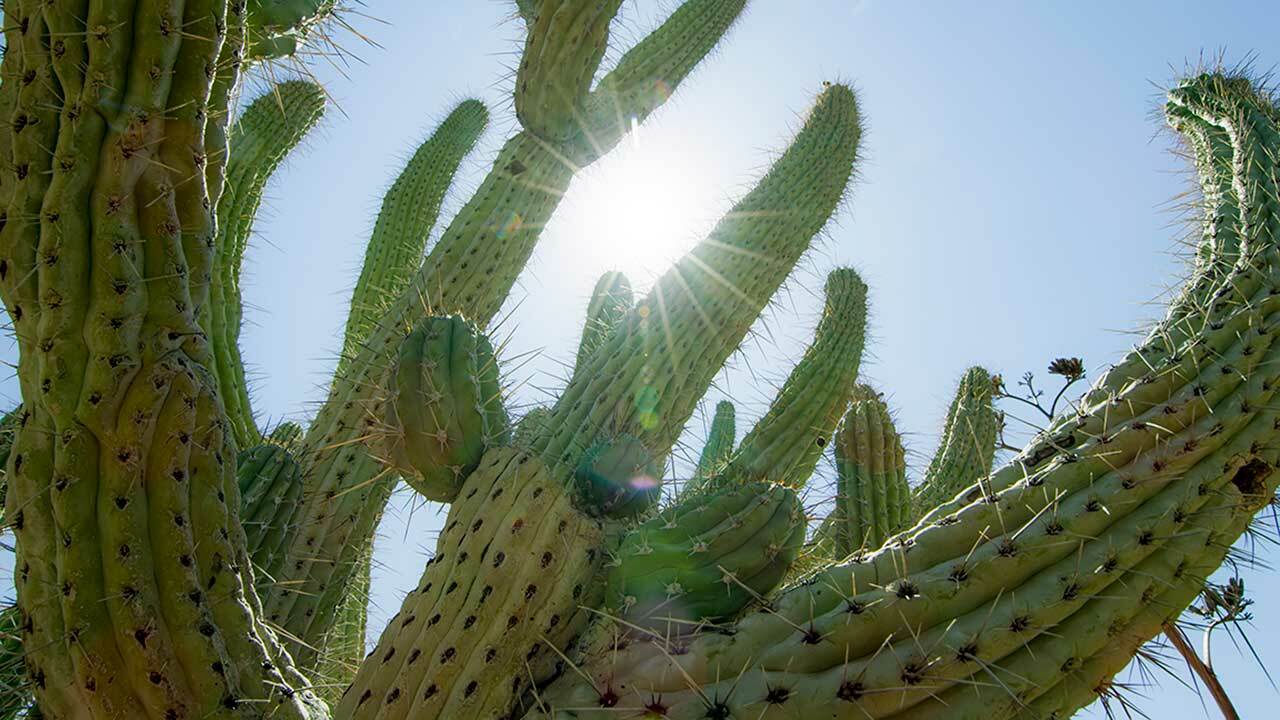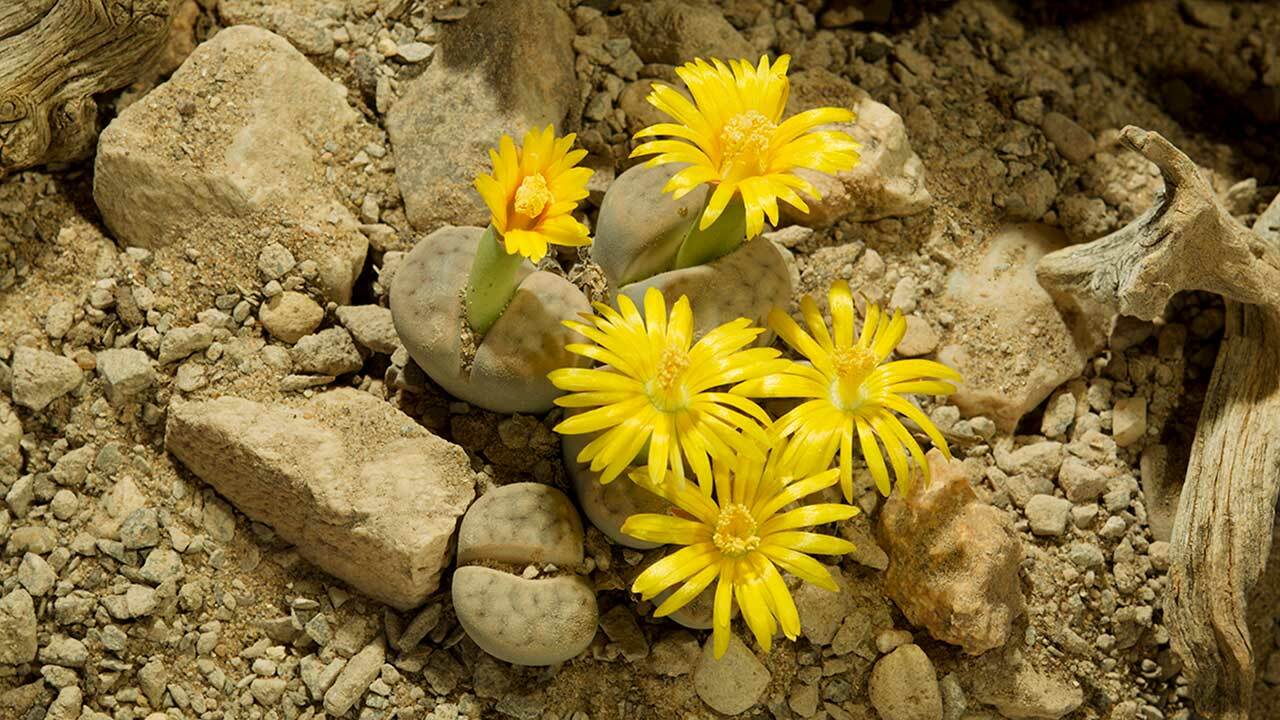
Some plants in the desert grow very slowly. Others grow quite fast. The reason for this has to do with the conditions in the desert.
How Do Plants Survive In a Desert?
There is not much water available in the desert. This means that plants have to get most of their moisture from the air. They do this by opening their stomata, tiny pores in their leaves, during the night when it is cooler and there is more humidity in the air. During the day, when it is hot and dry, they close their stomata to prevent water loss.
This process of opening and closing the stomata affects how much carbon dioxide the plants can take in. Carbon dioxide is needed for photosynthesis, the process that produces food for the plant. When the stomata are open, the plant can take in more carbon dioxide. But when they are closed, the plant can only take in a limited amount.
So, if a plant needs to get a lot of carbon dioxide for photosynthesis, it has to open its stomata for longer periods of time. But this also means that the plant will lose more water. In the desert, where water is scarce, this can be a problem.
That’s why some plants grow very slowly in the desert. They need to balance their need for carbon dioxide with their need to conserve water. Other plants have adapted in different ways that allow them to grow faster.
Some plants have developed thicker leaves with a waxy coating. This helps to prevent water loss. Other plants have special structures that store water, such as spines or fleshy leaves.
No matter how they have adapted, all plants need water to survive. In the desert, rain is a precious resource. And it often doesn’t last long before the hot, dry conditions return. So, when it does rain, plants have to be ready to take advantage of it. They have to grow quickly, before the sand dries out and the heat returns. And some plants can grow very quickly when they do have access to water, putting out new leaves and stems in just a few days.
Sand Verbena

The sand verbena is a fast-growing plant that can reach its full size in just a few months. It is a succulent plant, meaning that it has thick leaves that store water. This helps the plant to survive in the desert environment. The sand verbena also has a deep root system that helps it to find water deep in the ground.
Cacti

Cacti have adapted in a number of ways to enable them to grow in the desert environment. One of the most important adaptations is their use of CAM photosynthesis. This type of photosynthesis allows the plant to open its stomata only at night, when the temperature is cooler and less water is lost through transpiration.
Other adaptations include the development of thicker leaves with a waxy coating to prevent water loss, and the growth of spines or fleshy leaves that help to store water. Some cacti also have deep root systems that help them to access water deep in the ground.
Support your local PBS station in our mission to inspire, enrich, and educate.
Fast Growing Desert Plants
Some plants that grow quickly in the desert include:
- Palo verde (Cercidium microphyllum)
- Desert willow (Chilopsis linearis)
- Mesquite (Prosopis glandulosa)
- Saguaro (Carnegiea gigantea)
These plants have different adaptations that allow them to survive and thrive in the desert environment. The Palo verde, for example, has green bark that helps it absorb light and convert it into food. The Saguaro cactus can store large amounts of water in its trunk. And the Mesquite tree has long roots that help it find water deep in the ground.
While all of these plants are able to grow quickly in the desert, they still need some amount of water to survive. In times of drought, many of these plants will go dormant, losing their leaves and waiting for better conditions. But when there is enough rain, they can grow very rapidly, putting out new leaves and stems and reaching their full size in just a few months.
Plants Which Grow Slowly In a Desert
Some plants that grow slowly in the desert include:
- Creosote bush (Larrea tridentata)
- Ocotillo (Fouquieria splendens)
- Joshua tree (Yucca brevifolia)
- Prickly pear cactus (Opuntia spp.)
- Barrel cactus (Ferocactus spp.)
- Lace cactus (Echinocereus spp.)
These plants have different adaptations that allow them to survive and thrive in the desert environment. The Joshua tree, for example, has long roots that help it find water deep in the ground. The Barrel cactus can store large amounts of water in its trunk. And the Lace cactus has spines that help to prevent water loss.
Conclusion:
Overall, plants have adapted in different ways to enable them to grow either quickly or slowly in the desert environment. Some of the main adaptations include the development of thicker leaves with a waxy coating, the growth of spines or fleshy leaves, and the use of CAM photosynthesis. While all plants need some amount of water to survive, those that have adapted to the desert environment are better equipped to withstand periods of drought.
This article was researched and compiled by Sandler Digital in collaboration with PBS.



